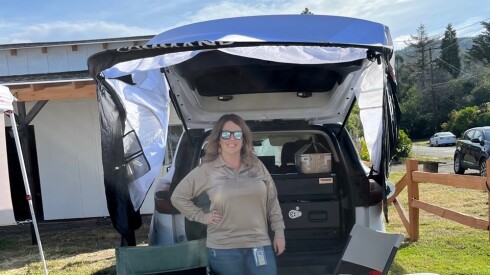Jim McKay is the editor of Emergency Management. He lives in Orangevale, Calif., with his daughter, Ellie, and son, Ronan. He relaxes by fly fishing on the Truckee River for big, wild trout. Jim can be reached at jmckay@emergencymgmt.com.

Jim McKay
Editor

















